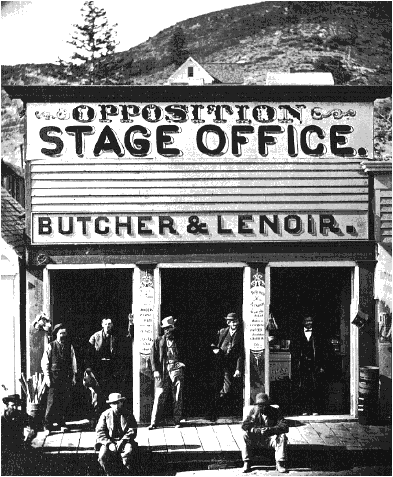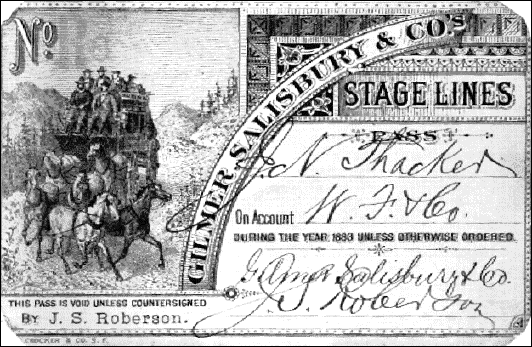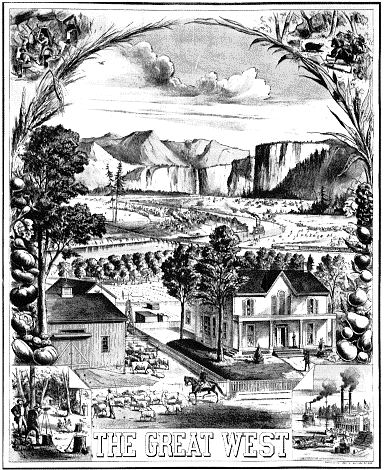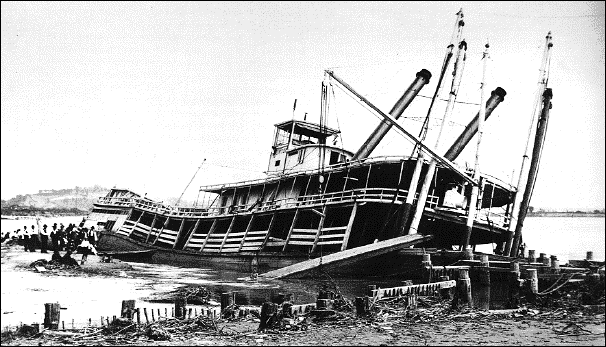Friends
With Death
Judith L. Lief
(Shambhala)
Making Friends with Death is divided into three parts: first, showing the reader how to build a relationship with his or her own death; then, using that, reaching out to others who are dying; and finally --- guidelines for further understanding and training so that we can work with those who are mortally if not morally ill.
Ms. Lief is at her best when she is instructing us on actual death practice, and such exotic Buddhist techniques as "tonglen." Tonglen is a reverse of what many of us were taught on how to deal with an hostile world:
Our habitual activity is to protect ourselves by constantly picking and choosing, accepting and rejecting --- but in tonglen practice...we reverse our usual approach. Instead of taking in what we desire and rejecting what we do not, we take in what we have rejected and send out what we desire --- basically the opposite of "normal."
Specifically, as with much of Buddhist practice, tonglen is an exercise in breathing:
Each time you inhale, you breathe in heavy, dark, hot, sticky, claustrophobic energy; and each time you exhale, you breathe out light, refreshing, clear, cool energy. With each breath, the practice shifts direction, so there is an ongoing rhythm back and forth. You are taking the habit of grasping and rejecting, and you are reversing it.
For instance, if you have just had one of your best friends stick it to you, instead of getting into the meditative position, relaxing, and breathing in good thoughts, breathing out the anger and hate --- what you do is to breathe in all the greed hunger screw- Ms. Lief has wise advice on how to be with someone who is dying. She says whether its in the hospital or hospice or a home, the time of death is one of chaos, with anger and blindness often mixed with sadness and confusion. She offers ideas of what we should give to the dying: compassion, of course --- but always mixed with honesty. To say to one who is dying that they are not dying she considers to be cruel (you and I will know when we are dying; for those around us to deny it is churlish). She even suggests we bring in some humor: When we lose our humor, our whole demeanor changes --- our tone of voice, how we move and carry ourselves, our facial expressions...We may be trying to help, but when we approach sick or dying people in that way, they do not feel better; they feel weird. They pick up on the fact that the people around them are acting strangely, walking on eggshells, oddly quiet, trying not to disturb or upset anyone...We want no frivolity; we want profound communication only. But that is not all that helpful --- in fact, it is insulting. Ms. Lief is less successful when she offers some "slogans" for working with dying people or our own impending death: "Start with knowledge; Give and receive; Pay attention to details..." etc etc. Even more annoying are some of the end- Reflect back on your life to the point at which it first began, when you first appeared. When did you appear? Where were you before that? Where did you come from? Contemplate the mystery of birth. Now go forward in your life to the point at which it ends and you are no longer here. What will happen to you then? Where will you go? How is it possible for your life to end and you no longer to exist? Contemplate the mystery of death. Reflect on your life now, sandwiched between your birth and your death and utterly unique. Where are you now? What is this all about? Contemplate the mystery of life. As I contemplated this, I was also contemplating the mystery of how a good writer can intrude such pretentious juvenilia in the midst of a fairly intelligent discussion of the wonders and woes of death. I'm a six- Ms. Lief's book would be meaningless to those who were trying to survive in the former Yugoslavia, those who were faced every day with some gooned out kid-soldier, a cetnik marching through town with a rocket-propelled grenade launcher on his shoulder, looking to get his rocks off. This isn't denying that Ms. Lief has written a good and an helpful book: but it is one that has meaning for such a small minority of the world's population, the typically soft and protected American or Western European who has the ultimate luxury of dying in a protected environment. We are lucky --- no, we are extraordinarily fortunate that we can afford the time and ease to sit about and "contemplate the mystery of death," and not have it thrust down our throats by the fickleness of nationalistic madness if not the gruesome poverty that prevails at the far corners of the earth.
Take a few moments to sit quietly.
Day's
Journey
The Steamboat and
Stagecoach Era in
The Northern West
Carlos Arnaldo Schwantes
(University of Washington)
 In 1831, the first steamboat was imported into what we now call the Northwest. In 1846, the first stage line was introduced. Until the coming of the railroads, indeed, up to WWI, sailboats and barges and these two forms of public transportation were about the only way for one to move around the states of Washington, Oregon, Idaho, Montana, and Wyoming.
In 1831, the first steamboat was imported into what we now call the Northwest. In 1846, the first stage line was introduced. Until the coming of the railroads, indeed, up to WWI, sailboats and barges and these two forms of public transportation were about the only way for one to move around the states of Washington, Oregon, Idaho, Montana, and Wyoming.Stage lines ran from Olympia, Washington and Fort Benton, Montana all the way down to Salt Lake City and east to Missouri. And at their glory, there were 500 steamboats working the area.
Travel by boat could be luxurious, but on the rivers, there were changing watercourses, hidden stobs, the chance of running aground or finding yourself in the middle of the night next to an boiler intent on exploding. Travel up and down the coast could and did terrorize the faint-hearted. One writer said about the infamous Columbia River Bar,
 During our 'calm' entry our Brother Jonathan groaned at every joint, as if the waves wanted to extinguish the fires. A couple of waves met like lovers in a kiss above the deck and my enthusiasm for the romance of these waters cooled considerably.
During our 'calm' entry our Brother Jonathan groaned at every joint, as if the waves wanted to extinguish the fires. A couple of waves met like lovers in a kiss above the deck and my enthusiasm for the romance of these waters cooled considerably.
Stage Coach? There were no natural roads in any direction, wrote the author of Vigilante Days and Ways: Essentially a mountain region....its surface, impassable streams, and impenetrable lava beds, was also covered everywhere with the sharp points and fissured hummocks which were cast out during a long and active period of primeval eruption.
The stage coaches you and I see in ancient motion pictures with a polite John Wayne riding next to a white-gloved Gloria deHaviland dressed to the nines is a fine delusion. In the real world, they would have been covered with dust and squeezed in with a dozen or so others, sleeping on each others' shoulders, and being stopped every now and again to get robbed.
The stages were often overloaded (with people, with freight) and even a simple journey, such as between Portland and San Francisco was a five day trip if you were lucky and if there were no Indians, wash-outs, tip-overs, or other disasters. Snow, rain, mud, and hard ruts compounded the misery, and one was often crammed in with others who needed places for their elbows, too.
The men, at regular intervals, were required to get out and push the coach uphill or over rough spots. There was little chance of sleep but a real chance of runaway horses or being stopped by robbers who, of course, left the ladies alone. Stage-coaches sometimes would simply fall apart under the pressure of weight of the mail, the passengers, and armed guards with their boxes of gold.
Mark Twain's Roughing It gives an accurate account of having to put up with dust and crowding and dirt and deserts but, more, with the hideously boring tales spun by other passengers to a captive audience. When the era of these coaches came to an end, one writer said,
Good-bye, driver---Good-bye, mustangs and donkeys! Good-bye stagecoaches and ambulances! Two thousand four hundred miles of their drag and shake, of their rattle and bang, across the Plains and over the Mountains, have given us our fill of them. We've had runaways, we've had breakdowns, and about every stage experience except a general upset and how we happened to escape that will always remain a mystery.
 Mr. Schwantes' book is teeming with details of how stage coaches were built and equipped, of the construction and operation of river steamers --- all mixed with tales of gold rush, nightmare journeys though mountain passes, and life aboard sea-going ships. The whole runs some 400 pages, with thirty pages of notes and "further Reading" suggestions, and over 250 photographs, drawings, advertising flyers, and illustrations. The center spread of eighteen pages in full color drawn from post cards and advertisements of the period is a dream.
Mr. Schwantes' book is teeming with details of how stage coaches were built and equipped, of the construction and operation of river steamers --- all mixed with tales of gold rush, nightmare journeys though mountain passes, and life aboard sea-going ships. The whole runs some 400 pages, with thirty pages of notes and "further Reading" suggestions, and over 250 photographs, drawings, advertising flyers, and illustrations. The center spread of eighteen pages in full color drawn from post cards and advertisements of the period is a dream.
People traveled under such onerous conditions for business, to get rich, to find gold, or sometimes, for mere pleasure --- but Mr. Schwantes makes sure that we know that the pleasure of, say, an incomparable mountain vista, a virgin view of Mount Shasta, say, was always matched with dust and danger of such a degree that we will always have to wonder at the innocence of those who could give themselves over weeks and weeks of travelling through the wild country while they could stay at home and go to the local saloon for a good mug of brew, a game of cards, and the freedom to spit on the floor and shoot the piano-player.

Indifference
Alberto Moravia
Tami Calliope,
Translator
(Steerforth Italia)
...this rivalry with her mother pleased her; everything had to be base, impure, and filthy; there could be no more love or sympathy, only a dark sense of ruin. "Create a scandalous, impossible situation, shameful, full of awful scene," she thought, "ruin myself utterly."
Not only do we have base thoughts of ruination, but physical decay: Mariagrazia paints her haggard face "like a mask," Lisa contemplates her sagging eyelids, and in the midst of seduction, after finally wresting off Carla's blouse, Leo is
struck by the contrast between the thinness of her body --- all her ribs showed and her shoulders were narrow and sharp --- and her abnormally large breasts and head. "She's out of proportion," he thought.
Even Michelle is gripped by Existential Angst. Walking down the street after kissing off Lisa, he thinks, "All these people... There was, truly, in all those feet stamping through the grime a kind of certainty, a faith he didn't have, and as he watched them, the disgust he felt for himself grew even greater; so, he was this way wherever he went, aimless, indifferent; and this rainy street was his very life, traveled without faith and without enthusiasm, his dazed eyes dazzled by the cheap, gaudy splendors of electric advertisements. "For how long?"..."And where am I going?"...He longed to have a purpose, any sort of purpose, even a self-deceiving one..." We've read, with pleasure, several other books of Alberto Moravia over the years, including A Woman of Rome. Of this novel, we wrote "Moravia knows the heart of women as acutely as Flaubert or Tolstoi. As with Madame Bovary, Anna Karenina, or Memoirs of a Geisha, one wonders how a man --- I almost said 'a mere man' --- can penetrate, and penetrate so deeply, the heart of woman." But The Time of Indifference was Moravia's first production, written in 1929, when he was but twenty-one. There are moments when the style and wit that we will value in his subsequent works appears: for example, our view of the unscrupulous Leo is marked by delicate touches --- his way of dressing, his way of viewing himself in the mirror. Mainly, though, this is a juvenile work, with all the problems of bombast that accrue to one at the age of twenty-one, suffering from being young, filled with the usual existential ennui the meaninglessness of it all. As reviewer, we raised the flag of surrender around page 90, at the point that lusty Leo lures innocent Carla, who he has topped off with champagne, to the gardener's shed. There they will complete her "dark sense of ruin." Immediately after getting her nekkid, however, instead of the beast with two backs consummated on a filthy mattress, she turns away, goes to the corner of the shack, and "from the girl's open mouth a dense, multicolored, steaming jet of vomit erupted into the rusty basin." Gack. This is New Realism with a vengeance --- but rather than study Carla's more intimate presentations, but here with our glass of hock and soda, on a cold evening, in front of a February fire, we'd prefer to seek out more appealing literary diversions. There are, we are sure, other moments of upchuck in Moravia's subsequent novels, but we would hope for a more delicate touch --- one less steamy and, god wot, one far less dense and colorful.